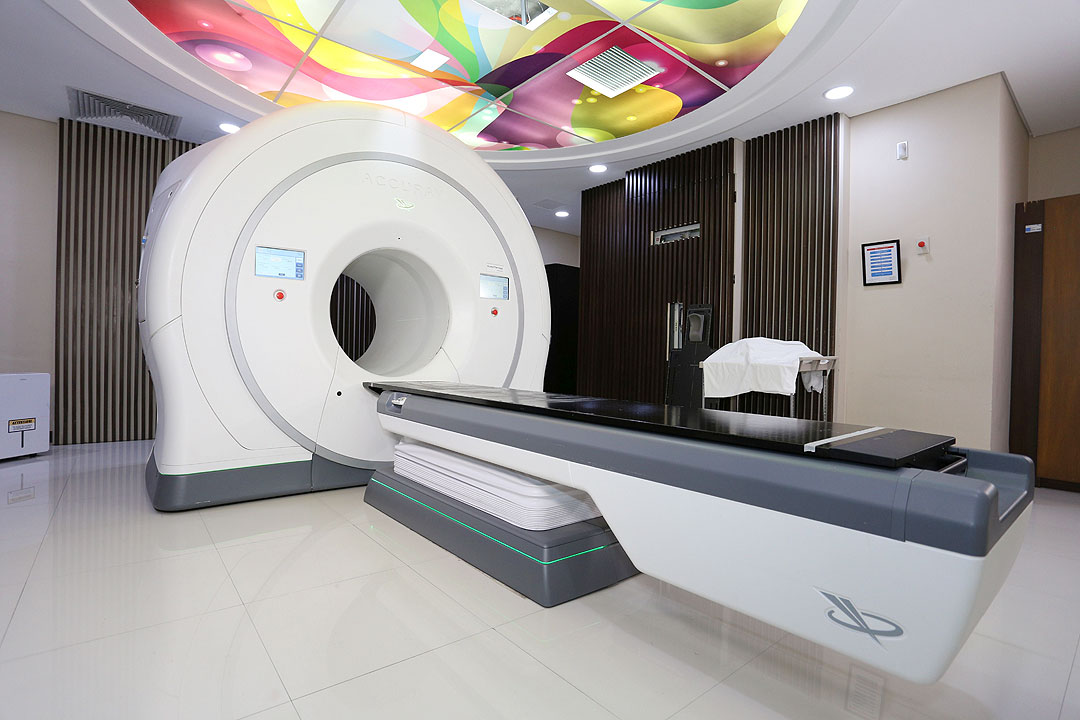Cancer center in Central Luzon opens to fills gaps in care

THE Central Luzon Integrated Oncology Centre (CLIOC), located in the Mother Teresa of Calcutta Medical Center in San Fernando, Pampanga, announced recently that their doors are open for those in Central and Northern Luzon who need access to cancer care but cannot travel to Metro Manila.
“We are cheaper compared to the prices of treatment in Metro Manila. Our most expensive treatment, radiotherapy, is already the cheapest among radiotherapy services being offered in NCR [National Capital Region],” said Jerome R. Paule, CLIOC general manager, at a media briefing.
He also said the majority of their patients come from Region III, namely Pampanga (65% of patients), Bulacan (18%), and Bataan (10%), among other provinces. They usually avail of modalities of cancer care such as surgery, radiotherapy, chemotherapy, and nutritional support.
In the Philippines, cancer is the second-leading cause of death, with over 92,000 deaths and around 150,000 new cases in 2020 alone, according to the Global Cancer Observatory.
The Department of Health announced in July their plans of beefing up cancer care funds and upgrading government hospitals across the country into regional cancer centers.
In the meantime, CLIOC is receiving patients being referred to them by public hospitals in Central Luzon, said Dr. Misael C. Cruz, CLIOC medical director. Despite being a cancer facility connected to a private hospital, CLIOC is making an effort to make treatment more affordable.
“We all know that out-of-pocket medical expenses [for cancer care] are heavy,” he said at the same briefing. “That’s why we created a socialized advocacy price for those who cannot afford the services.”
The center’s tomotherapy machine, for example, is a sought-after form of radiotherapy that focuses on diseased tissues and gives real-time evaluation of the area being treated, said Mr. Paule.
“It’s the only center with a tomotherapy machine in Central Luzon, and it’s similar to machines being used in Makati Medical Center and Asian Hospital,” he added, emphasizing its availability and relative inexpensiveness.
As part of the Integrated Oncology Centres (IOC), an Asia-wide network of cancer centers, CLIOC stays up to date with the latest standards of cancer care by tapping into teleconsultations with experts from other centers and participating in regional sharing sessions on patient management, said Eng Aik Meng, IOC chair.
“I do hope more and more centers will have greater collaboration because this will allow benefits to patients,” he said. “For countries with fragmented care, like the Philippines, we must consider how to replicate models of care like what we are doing.” — Brontë H. Lacsamana
This article was originally published on Business World on Sep 30, 2021












